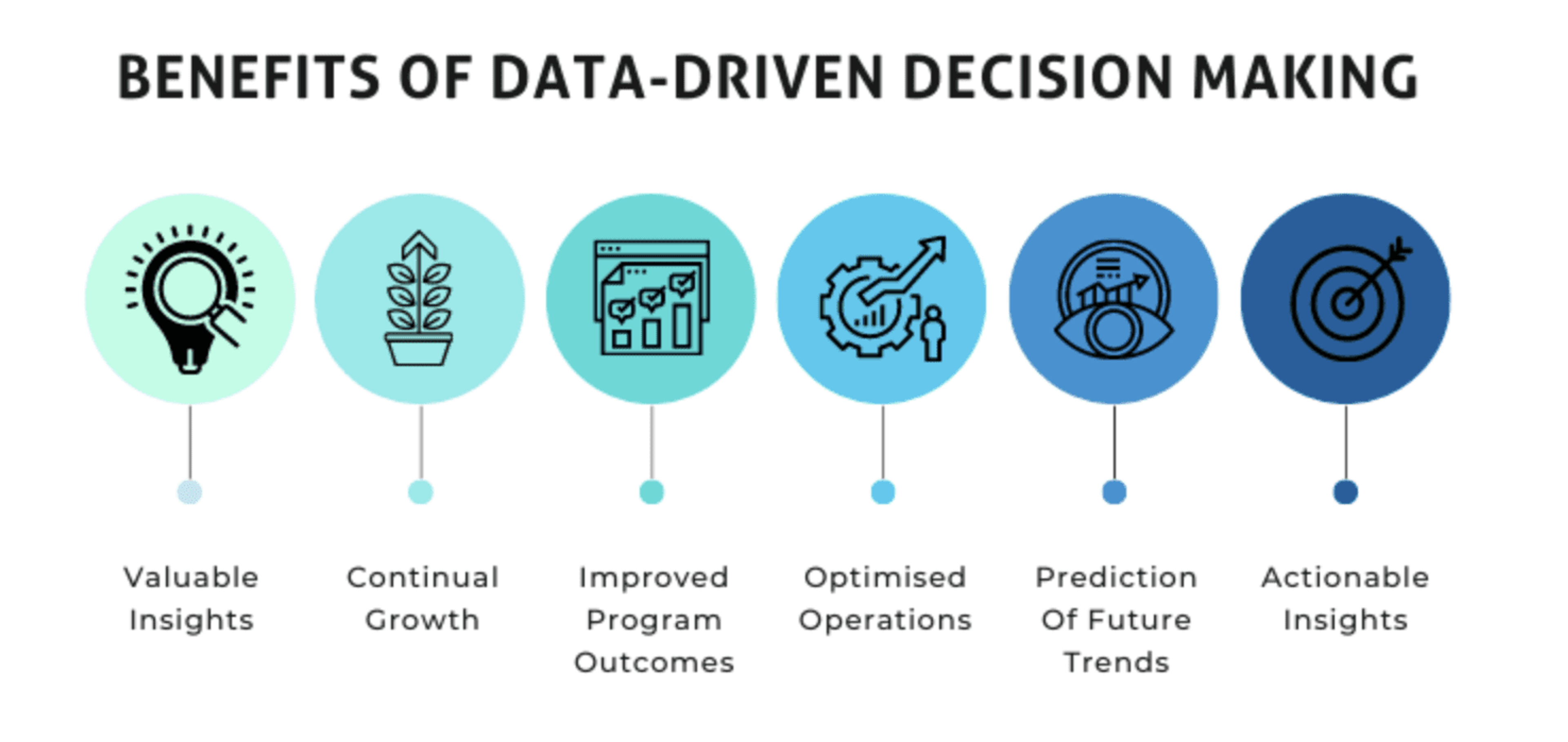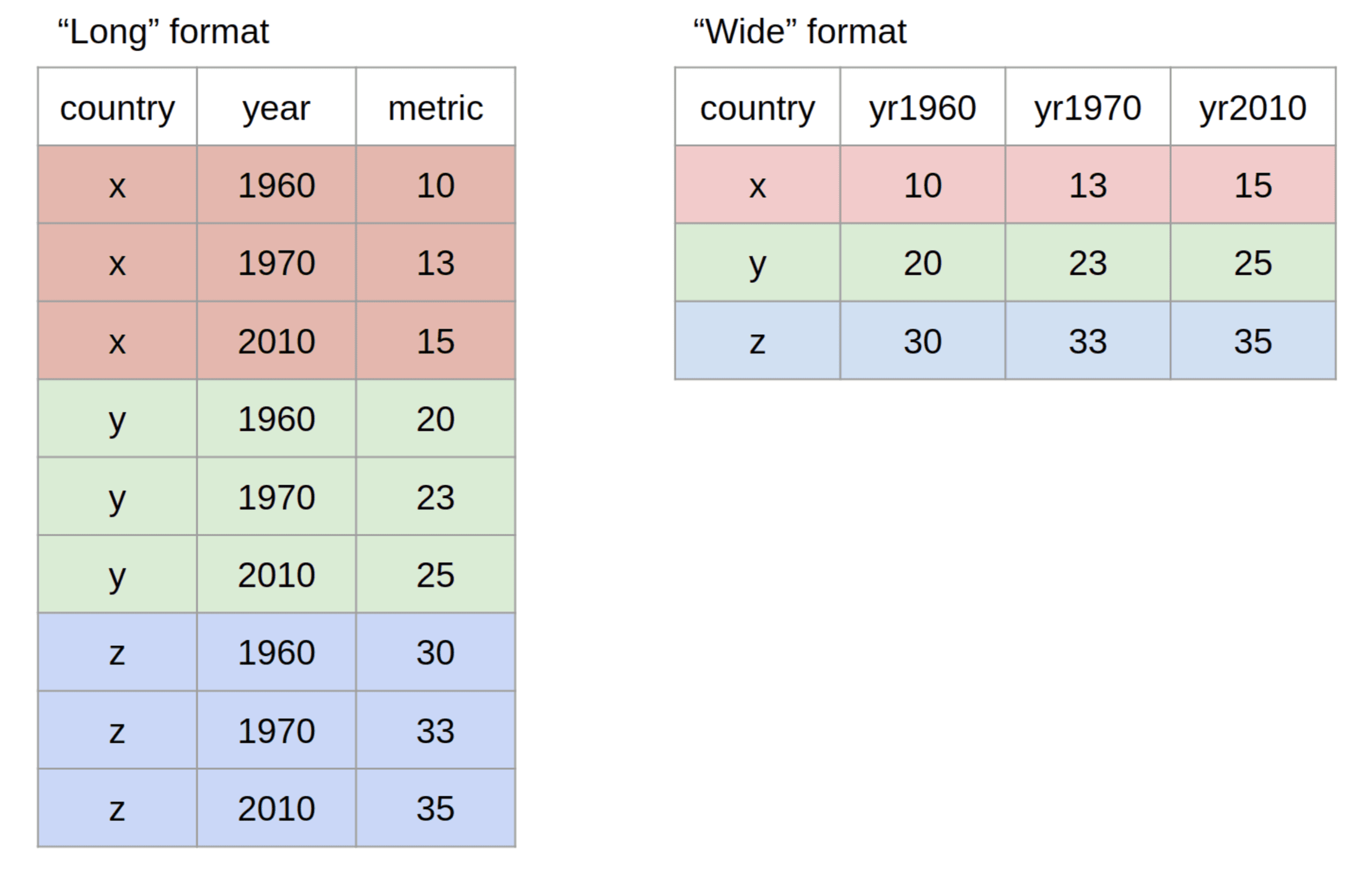blog
Improving Patient Outcomes: A Data-Driven Guide

SECTIONS
The data revolution is sweeping across various sectors, and healthcare is no exception. Data analytics and management have emerged as critical components of healthcare transformation, shaping organizational operations and patient care delivery. The power of data lies in its ability to provide actionable insights, which enhance and accelerate decision-making processes and — ultimately — improve patient outcomes.
Healthcare practitioners need to harness the power of data to enrich patient experiences, improve service delivery, and foster a culture of informed decision-making. This guide covers eight ways data-driven decision processes lead to better patient outcomes.
Key Takeaways:
- Embracing a data-driven culture in healthcare organizations improves decision-making and enhances patient outcomes.
- Leveraging wide data, implementing a governed self-service model, and fostering data literacy are critical strategies for improving patient care.
- Using the right technology and promoting innovative approaches to data analytics can significantly enhance patient care and reduce healthcare costs.
What is Data-Driven Decision-Making?

Image Source: AnalyticsVidhya.com
In organizations and private enterprises, data-driven decisions are those based on factual data and evidence rather than intuition or personal experience. Data-driven decision-making employs data analytics to extract valuable insights from vast amounts of information at scales and speeds not possible through traditional spreadsheet analysis. The purpose is to facilitate strategic planning, improve operational efficiency, and enhance overall decision-making processes with concrete evidence.
In healthcare, data-driven decisions are increasingly important for improving the quality of patient care. The immense amount of data — approximately 2314 exabytesOpens in a new tab globally per year — available to healthcare professionals provides crucial insights into disease patterns, treatment outcomes, and effective patient care strategies These data sources include:
- Patient history
- Diagnostic tests
- Research studies
By harnessing this data, healthcare providers can make more accurate diagnoses, anticipate patient needs, and personalize treatment plans.
8 Ways to Improve Patient Outcomes through Data-Driven Decisions
Here are eight ways to harness the power of data insights to improve patient outcomes in healthcare.
1. Embrace a Data-Driven Culture
Cultivating a data-driven culture is the first step toward maximizing the potential of data analytics in healthcare. This requires a mindset shift from relying on intuition and past experiences to making decisions based on current data-derived insights. This shift does not undermine the importance of experience. Rather, it complements experience with evidence, allowing healthcare professionals to respond effectively to new situations that may fall outside their practice scope.
2. Focus on Wide Data

Image Source: Tavareshugo.github.io
Wide dataOpens in a new tab, as opposed to big data, involves consolidating data from multiple sources to provide a more complete analysis. Focusing on wide data enhances data usability and reduces the manual effort involved in correlating data points. A shift toward wide data provides more context for analytics, enhancing artificial intelligence (AI) capabilities in data managementOpens in a new tab tasks and leading to improved patient outcomes.
3. Implement a Governed Self-Service Model
In a data-driven environment, governance and accessibility must coexist. A governed self-service model allows IT departments to manage both data and access, while staff have the freedom to interact, analyze, and share findings. This model enables practitioners to access more integrated data for better patient care, while ensuring governance, privacy, and compliance with applicable data regulations.
4. Encourage Data Literacy
Data literacy — the ability to analyze, question, and communicate data across diverse IT systems — is fundamental for making informed decisions. While not everyone in your organization must be a data scientist, healthcare workers should be sufficiently data-literate to understand and use data effectively. Having in-house data literacy programs can ensure that workers and administrators are on the same page, leading to improved consistency and patient care.
5. Ensure Continuity of Care
In healthcare settings, data literacy fosters continuity of care. When workers can effectively read, analyze, and communicate data through integrated systems, patient transitions from one setting or clinician to another become smoother and less prone to care provider oversights. Improved data literacy benefits patients and empowers healthcare workers, increasing their sense of efficacy in their practice.
6. Leverage the Right Technology
Technology plays a crucial role in supporting wide data, governed self-service, and data. The right technology and in-house IT and data management systems can help healthcare organizations foster data-driven cultures that improve informed decision-making processes.
This break from the traditional “ask, wait, answer” cycle significantly enhances patient outcomes and greatly lowers healthcare overhead. Current studies estimate that 20-25%Opens in a new tab of U.S. healthcare costs are wasted and that better use of data through technology and data management systems could reduce the waste rate by 50-75%.
7. Promote Innovation
Innovative uses of data analytics highlight the transformative potential of data in healthcare. An excellent example of such innovation is the real-time data application developed by the New South Wales (NSW) Opioid Treatment ProgramOpens in a new tab to combat the opioid epidemic. Through telehealth systems and integrated data management, the NSW program radically opioid dependence rates, even during the COVID-19 pandemic when most organizations struggled to maintain continuity of care and communications.
Encouraging such initiatives can significantly reduce the time required for data-based research and allow multidisciplinary teams to tackle complex healthcare issues.
8. Empower Healthcare Practitioners
Empowered healthcare workers make the best decisions, leading to better patient outcomes. To achieve this, healthcare organizations should focus on increasing their staff’s data literacy and fostering a genuine curiosity about data. When organizations empower care providers with data access and insights, they enable informed decisions, improving the quality of patient care and fostering a culture of growth and learning.
Unlock Quality Data Exchange and Real-Time Integration with Coperor by Gaine
Coperor is a master data management platform designed for healthcare and the life sciences. Benefit from Gaine’s unparalleled data model and experience rapid time-to-value with out-of-the-box deployment and custom rules for healthcare data.
To learn more, view this demo of Coperor today.
